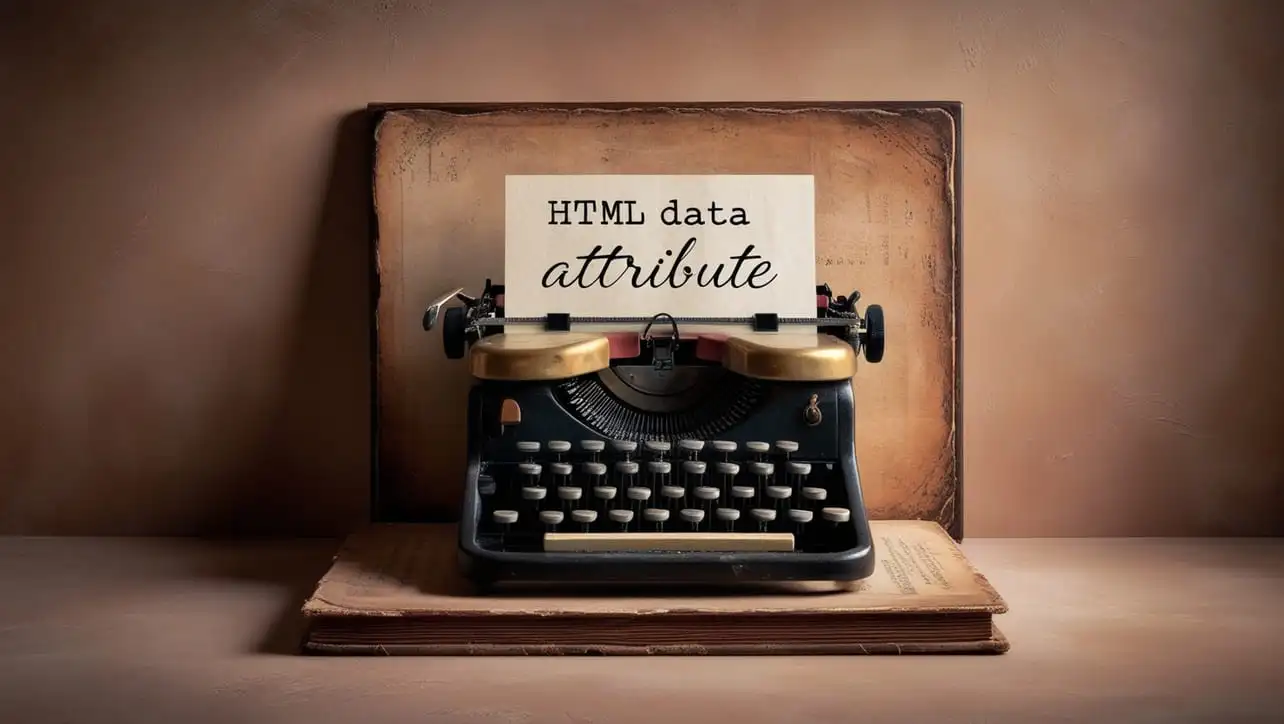
HTML Topics
- HTML Intro
- HTML Basic
- HTML Editors
- HTML CSS
- HTML Tags
- HTML Deprecated Tags
- HTML Events
- HTML Event Attributes
- HTML Global Attributes
- HTML Attributes
- abbr
- accept
- accept-charset
- accesskey
- action
- align
- alt
- archive
- as
- async
- autocapitalize
- autocomplete
- autofocus
- autoplay
- axis
- bgcolor
- border
- cellpadding
- cellspacing
- char
- charoff
- charset
- checked
- cite
- class
- classid
- codebase
- codetype
- color
- cols
- colspan
- compact
- content
- contenteditable
- controls
- coords
- crossorigin
- data
- data-*
- datetime
- declare
- default
- defer
- dir
- dirname
- disabled
- download
- draggable
- enctype
- enterkeyhint
- for
- form
- formaction
- formenctype
- formmethod
- formnovalidate
- formtarget
- frame
- frameborder
- frameset
- headers
- height
- hidden
- high
- href
- hreflang
- hspace
- http-equiv
- id
- inert
- inputmode
- ismap
- kind
- label
- lang
- list
- loop
- low
- max
- maxlength
- media
- method
- min
- multiple
- muted
- name
- novalidate
- onabort
- onafterprint
- onbeforeprint
- onbeforeunload
- onblur
- oncanplay
- oncanplaythrough
- onchange
- onclick
- oncontextmenu
- oncopy
- oncuechange
- oncut
- ondblclick
- ondrag
- ondragend
- ondragenter
- ondragleave
- ondragover
- ondragstart
- ondrop
- ondurationchange
- onemptied
- onended
- onerror
- onfocus
- onhashchange
- oninput
- oninvalid
- onkeydown
- onkeypress
- onkeyup
- onload
- onloadeddata
- onloadedmetadata
- onloadstart
- onmousedown
- onmousemove
- onmouseout
- onmouseover
- onmouseup
- onmousewheel
- onoffline
- ononline
- onpagehide
- onpageshow
- onpaste
- onpause
- onplay
- onplaying
- onpopstate
- onprogress
- onratechange
- onreset
- onresize
- onscroll
- onsearch
- onseeked
- onseeking
- onselect
- onstalled
- onstorage
- onsubmit
- onsuspend
- ontimeupdate
- ontoggle
- onunload
- onvolumechange
- onwaiting
- onwheel
- open
- optimum
- pattern
- placeholder
- popover
- popovertarget
- popovertargetaction
- poster
- preload
- readonly
- rel
- required
- reversed
- rows
- rowspan
- sandbox
- scope
- selected
- shape
- size
- sizes
- span
- spellcheck
- src
- srcdoc
- srclang
- srcset
- start
- step
- style
- tabindex
- target
- title
- translate
- type
- usemap
- value
- width
- wrap
- HTML Comments
- HTML Entity
- HTML Head
- HTML Form
- HTML IndexedDB
- HTML Drag & Drop
- HTML Geolocation
- HTML Canvas
- HTML Status Code
- HTML Language Code
- HTML Country Code
- HTML Charset
- MIME Types
HTML data Attribute

Photo Credit to CodeToFun
🙋 Introduction
In HTML, the data attribute is a versatile and powerful tool primarily used with the <object> tag.
This attribute allows you to embed or reference external resources, providing additional information or configuration for the embedded content.
🎯 Purpose of data
The main purpose of the data attribute is to specify the URL of the resource to be used by the object. This resource can be anything from images and videos to interactive multimedia elements like Flash files (SWF).
The data attribute allows you to seamlessly integrate external content into your HTML document.
💎 Values
The data attribute generally takes a URL as its value, pointing to the location of the external resource. For example:
<object width="400" height="400" data="codetofun.swf"></object>🧠 How it Works
In this example, the data attribute specifies the URL "codetofun.swf" for the Flash file that the <object> tag embeds.
📄 Example
Let's explore a more comprehensive example using an image:
<object data="example.jpg" type="image/jpeg" width="300" height="200">
<!-- Fallback content in case the browser doesn't support the object tag or the specified data -->
<img src="fallback-image.jpg" alt="Fallback Image">
</object>🧠 How it Works
In this example, the data attribute points to an image file ("example.jpg") to be embedded. Additionally, a fallback image is provided within the <object> tag to ensure content visibility in browsers that may not support the <object> tag or the specified data.
🔄 Dynamic Values with JavaScript
You can dynamically set the data attribute using JavaScript, providing a way to change the embedded content based on user interactions or other conditions. Here's a basic illustration:
<script>
// Dynamically change the data attribute value
var objectElement = document.getElementById("dynamicObject");
objectElement.data = "new-resource.swf";
</script>🧠 How it Works
In this script, the data attribute of an object element with the id "dynamicObject" is dynamically updated to point to a new SWF file (new-resource.swf). This dynamic flexibility can be beneficial for creating more interactive and responsive web pages.
🏆 Best Practices
- Ensure the specified resource in the
dataattribute is compatible with the <object> tag and the browser being used. - Provide fallback content within the <object> tag to maintain content visibility in browsers that may not support the object or the specified data.
- Regularly test your embedded content across different browsers to guarantee a consistent user experience.
🎉 Conclusion
The data attribute is a valuable asset when working with the <object> tag in HTML, allowing you to seamlessly integrate external resources and create engaging, multimedia-rich web pages.
👨💻 Join our Community:
Author

For over eight years, I worked as a full-stack web developer. Now, I have chosen my profession as a full-time blogger at codetofun.com.
Buy me a coffee to make codetofun.com free for everyone.
Buy me a Coffee












If you have any doubts regarding this article (HTML data Attribute), please comment here. I will help you immediately.